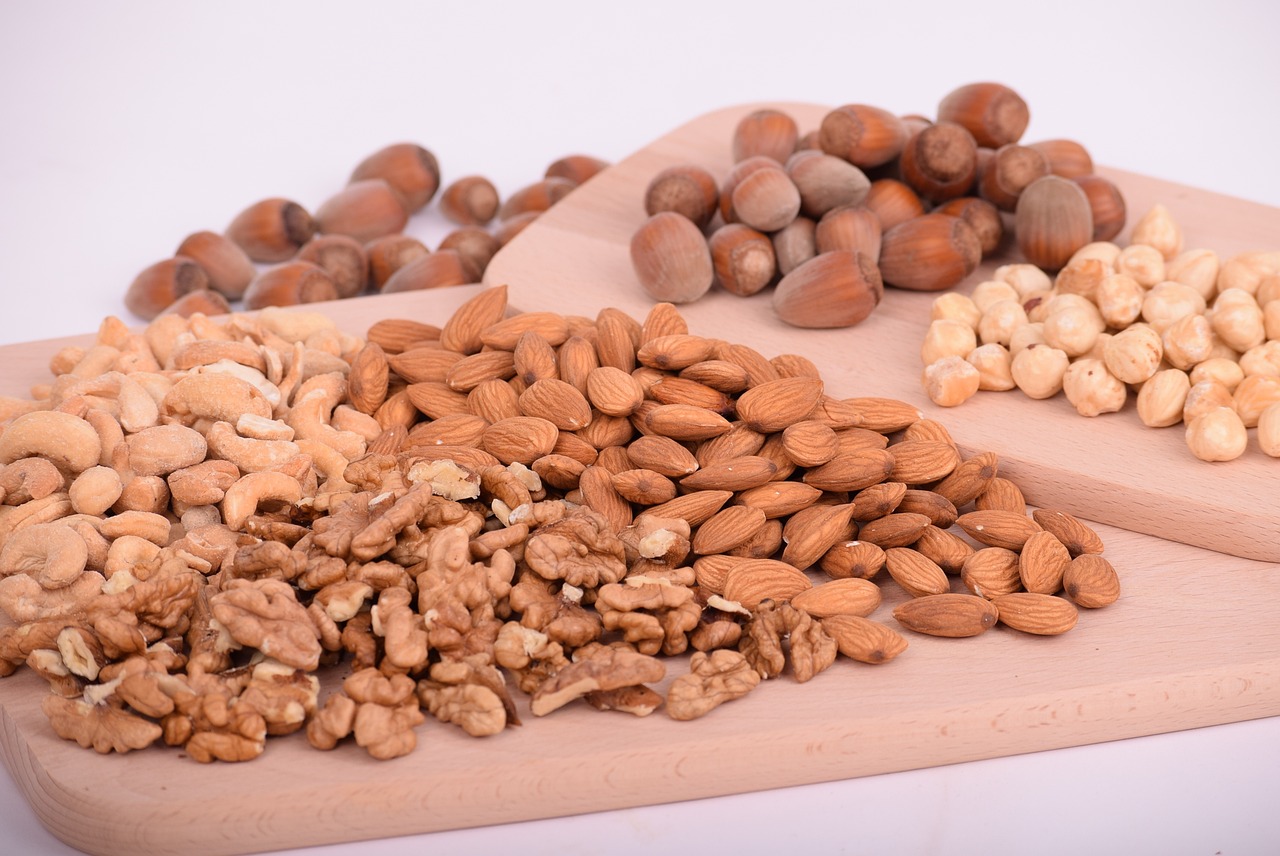Call them pieces, bits, mix-ins, inclusions, or add-ins; inclusions bring both textural elements and flavor to foods. Edible chocolate chips, candies, and sparkles every year, we raise the bar for our celebration experience. Along with color, texture, and flavor, it also contributes to the overall health of the main food product, especially when considering fruits and nuts.
To maintain existing consumers and woo the new era of customers, food service organizations and food and beverage producers are increasingly resorting to a variety of food inclusion. Also, the rising consumer tendency for convenience foods, the expanding use of gluten-free, clean-label, and non-GMO products, and technical developments in the food business are all predicted to contribute to the increased food inclusions market demand.
What is Food Inclusion?
Food inclusions are elements that are added to food to enhance its sensory, aesthetically tempting, and organoleptic qualities. Almonds, Dry fruits, chocolates, herbs, fruit chunks, and spices are a few commonly used culinary additions. They can give food goods aroma, flavor, color, and textural components.
Market Dynamics
The global food inclusions market was valued at USD 12.63 billion in 2021 and is expected to grow to USD 22.92 billion at a CAGR of 7.0% during the forecast period of 2030.
Market’s Growth Drivers
Due to rising consumer interest in appealing goods with a range of flavors and the demand for nutritious snacks, the food and beverage industry is likely the main driver of the food inclusions market. Additionally, food inclusions are utilized to enhance and improve the current products and are thought of as a cheap and effective technique to innovate the quality of the product. Additionally, they are widely used in confections, dairy, convenience snacks, frozen meals, and many other products, which is anticipated to speed up the product’s market expansion.
Additionally, the market for food inclusion is expanding due to the growth of processed foods and value addition in food products as a result of changing lifestyles, loosened trade restrictions, and increasing urbanization. In addition, manufacturers are leaning more toward food inclusions to include chocolates, exotic fruits, and nuts in the drinks, which is projected to fuel market expansion. This is done to address the growing demand for natural beverages.
Market Segmental Analysis
Fruit and Nut Accounts for the Largest Share
In 2021, the fruit and nut sector had the biggest revenue share due to a shift in customer attention to the nutritional value of food and drink. Additionally, the increasing trend of organic fruits has caused customers to pick them over packaged fruits. Also, various fruits are used to create yogurt, smoothies, and even dried fruits, which are crucial components of breakfast. As a result, this sector is growing at a good clip.
Furthermore, as nuts are used in snack bars, breakfast cereals, and everyday use, they are also becoming more and more popular as a food item. Additionally, the antioxidants in fruits and nuts maintain skin health and fight diseases related to the heart and bones, which is projected to support food inclusions market growth throughout the projection period.
Dairy and Frozen Desserts Witnesses Faster Growth
Due to the numerous components used to produce dairy products and frozen desserts, demand for these items is predicted to increase significantly over the projection period. Dairy inclusion flavors include blue cheese, cheesecake, and cream cheese, among many more. Additionally, the preparation of ice lollies, ice cream, and flavored yogurts uses a variety of flavor additions, such as flavored marshmallows, raisins, fruits, and nuts, which is fueling food inclusions market expansion.
Recent Developments in the Market
- ADM purchased Comhan in February 2022 to expand its nutrition business in emerging areas. Both businesses will cooperate to create a portfolio of tastes that include chocolate and fruit that may be used in bakeries and confectioneries.
- Nimbus Foods and Herza reached a deal in January 2021 to expand their product offerings in the UK and create new chocolate-related items.
Final Thoughts
The rising urbanization with increased disposable income and enhanced cold storage facilities that boost the storage of food inclusions for a longer period make the market more dedicated to growing over the prediction period. Also, the consumer transformation towards food products that offer total transparency with more product tags and no artificial elements is driving the food inclusions market growth.

